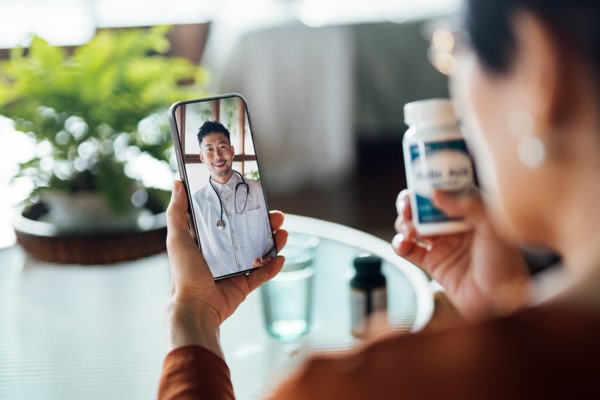Telehealth can save money and healthcare resources, but only when it’s used for certain types of illnesses, according to a new study.
Researchers at the University of Texas-Austin’s McCombs School of Business found that telehealth didn’t significantly reduce costs or the number of future visits to emergency rooms or specialists for circulatory, respiratory, and infectious diseases. Other medical issues fared much better, however.
Telehealth is the term for patient-doctor visits or consultations via video chats by computer or phone, instead of the more traditional in-person appointments.
“People believed that telehealth would be the next big thing, the future of healthcare,” said Indranil Bardhan, a professor of information, risk and operations management who co-authored the study. “But our research shows that its impact is not as straightforward as people might think. It’s more nuanced.”
In the study that was published in the journal Information Systems Research, Bardhan and co-authors Sezgin Ayabakan of Temple University and Zhiqiang Zheng of the University of Texas-Dallas examined telehealth through the theory of replacing physical interactions with virtual ones. Based on a separate study of patient visits across all hospital-based outpatient clinics in Maryland from 2012 to 2021, the new study revealed that telehealth visits reduced the overall number of future outpatient visits within 30 days of a telehealth encounter by 14 percent, saving $239 in total outpatient costs per patient.
Behavioral health, metabolic disorders, dermatology, and musculoskeletal disorders saw the greatest positive impacts from telehealth. But for diseases of the heart or lung, or involving infection, symptoms are more difficult for patients to communicate and for doctors to observe in a video consultation. These limitations resulted in no benefit from virtual care, Bardhan said.
Bardhan said he hopes the new research can help enable more efficient use of resources by encouraging healthcare professionals to focus telehealth on treating specific diseases and conditions where it can do the most good.
“The effectiveness of telehealth is really a function of the type of disease that it’s used to treat,” he said.
